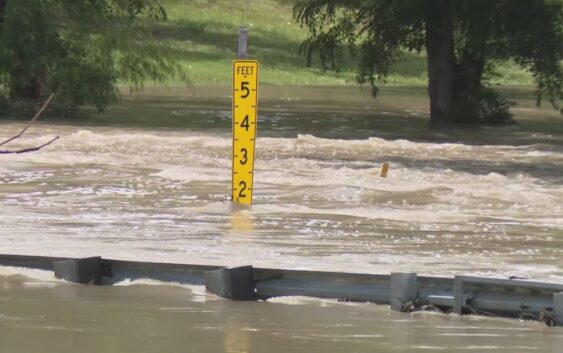- They couldn’t save their daughters’ lives in the July 4 floods. Now they’re dealing with the grief and the guilt.
- Austin could see heavy rains, possible flooding over the next few days
- Families of campers, counselors who died in Texas Hill County floods sue Camp Mystic
- Small plane bound for Jamaica with hurricane relief supplies crashes in Florida neighborhood
- Ask the Meteorologist: Did a tornado hit Johnston County Saturday night?
WATCH: Friday floods create dangers along San Antonio roadways, bike trails

5.51 inches of rain were recorded at San Antonio International Airport to cap the wettest week of the year so far.
SAN ANTONIO — After multiple days of rain, San Antonio has been drenched with over 5 inches of rain throughout the week. And despite needing the rainfall amid a Texas drought, some Alamo City roadways have turned into a danger zone with high floodwaters.
This week 5.51 inches of rain were recorded at San Antonio International Airport to cap the wettest week of the year so far. 1.42 inches of rain were recorded Friday.
San Antonio Fire had six high water rescue calls Thursday night into Friday morning. KENS 5 saw multiple people driving into high waters at Old O’Connor Road ignoring barricades and driving right through roadways that were clearly underwater with visible debris.
KENS 5’s Sue Calberg visited a northeast-side crossing where two people were rescued Friday.
When most people think about the danger of low water crossings, they think about the velocity of the floodwaters racing downstream, but there’s far more dangers to think about under the water.
Sue Calberg headed to Salado Creek on the northeast side and reminded the public why first responders warn about the risk of hidden debris.
But flooding also impacts more than just roads in San Antonio. Sometimes the high waters leave popular bike and hiking trails underwater – leaving outdoor enthusiasts with a muddy mess.
So, always remember: turn around, don’t drown. And if you need to be rescued, the San Antonio Fire Department charges $645 to rescue drivers from high or swift waters.